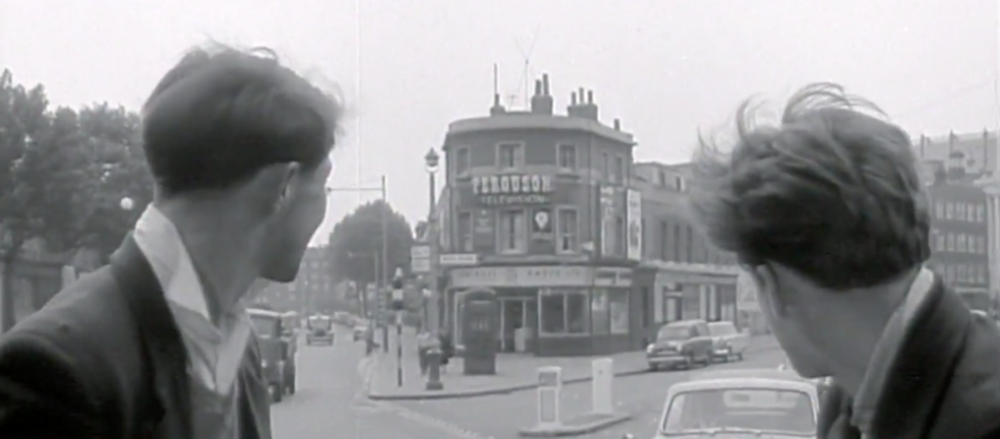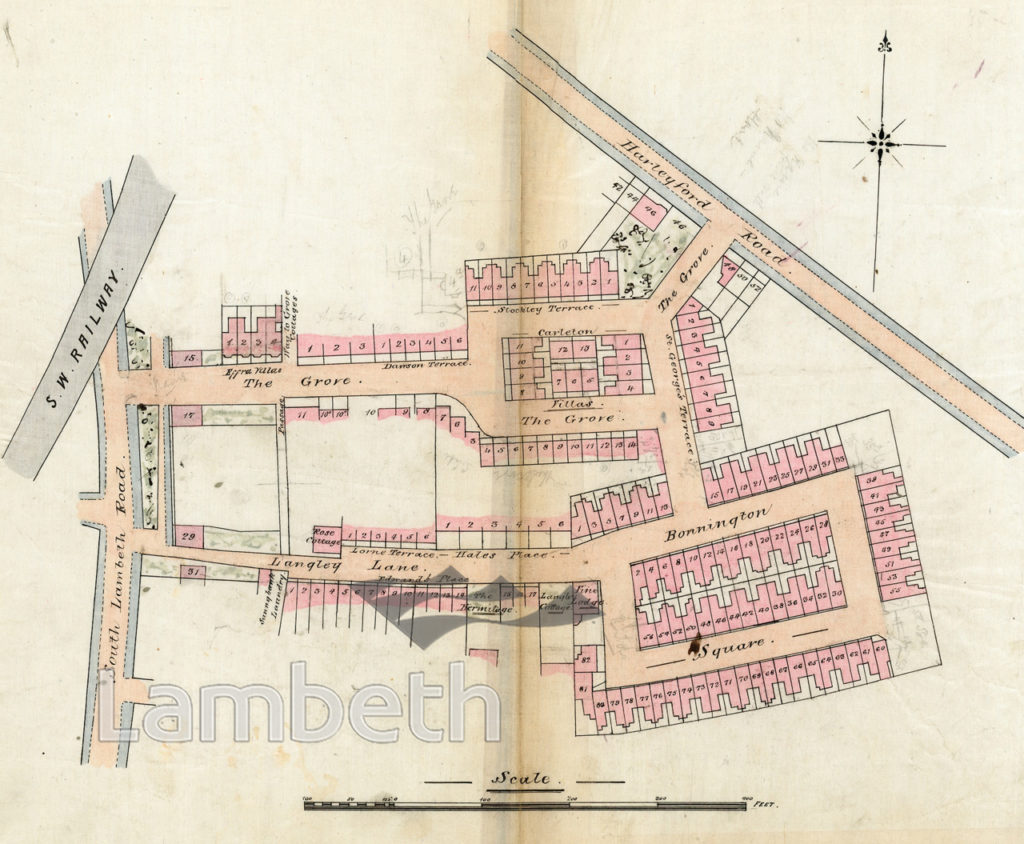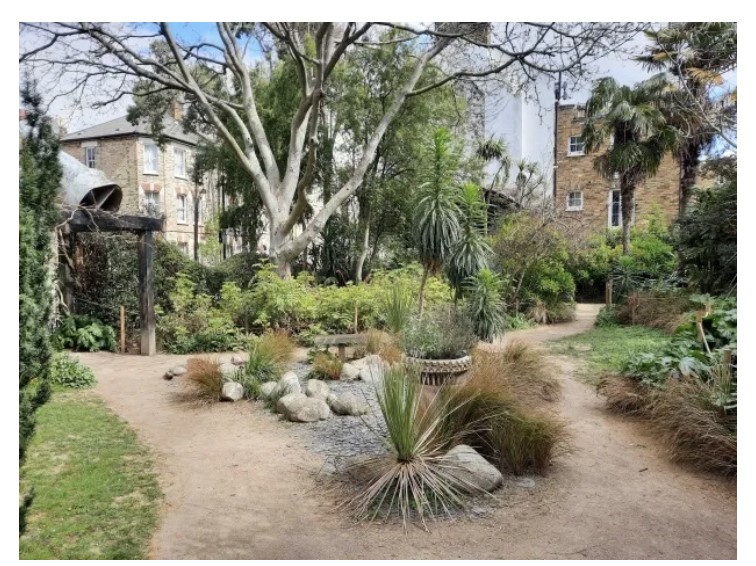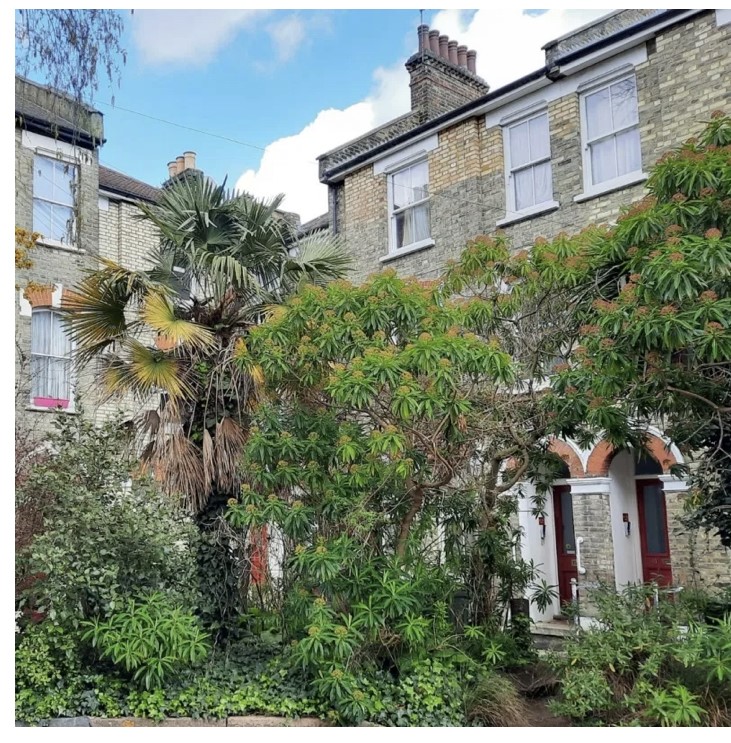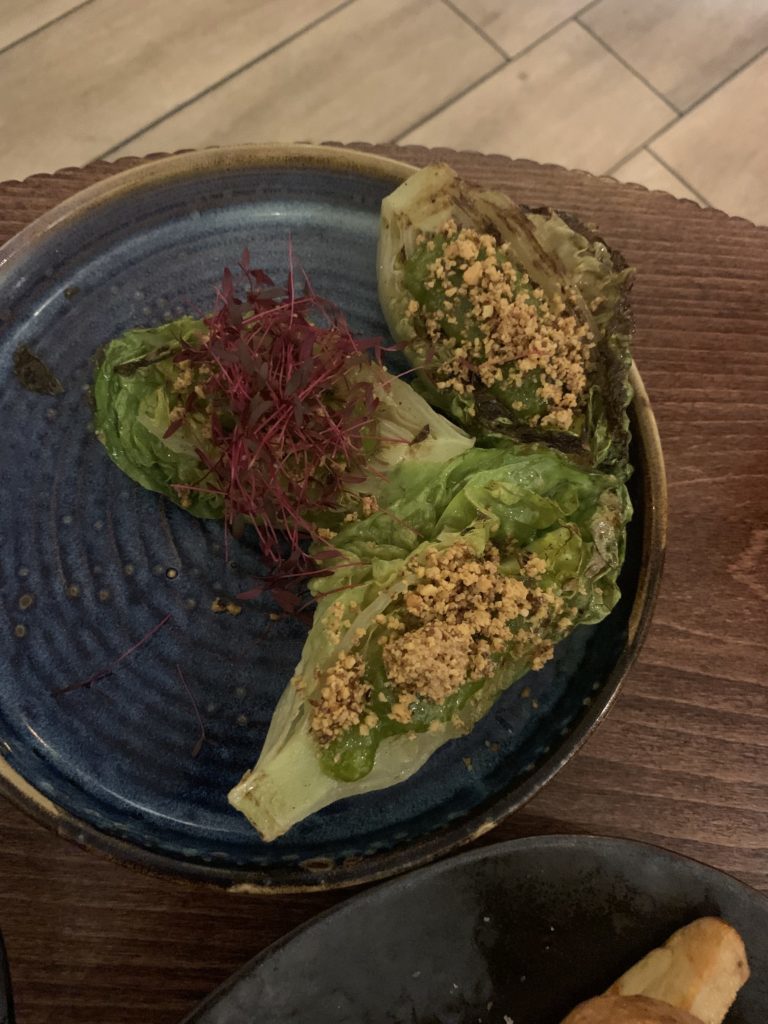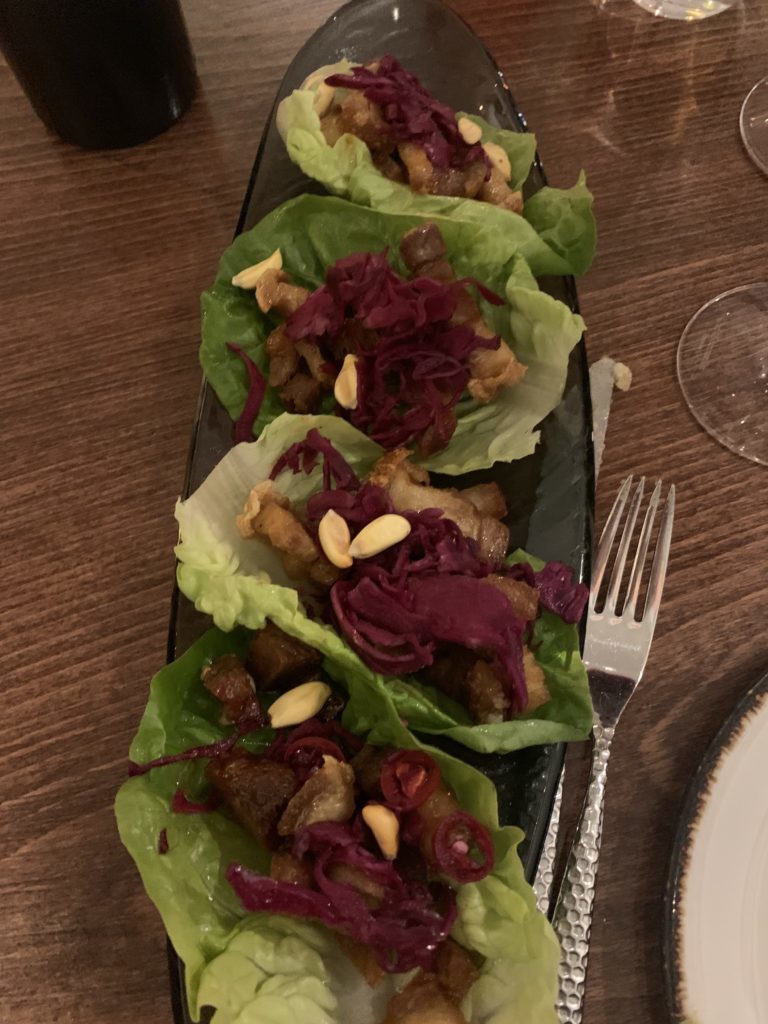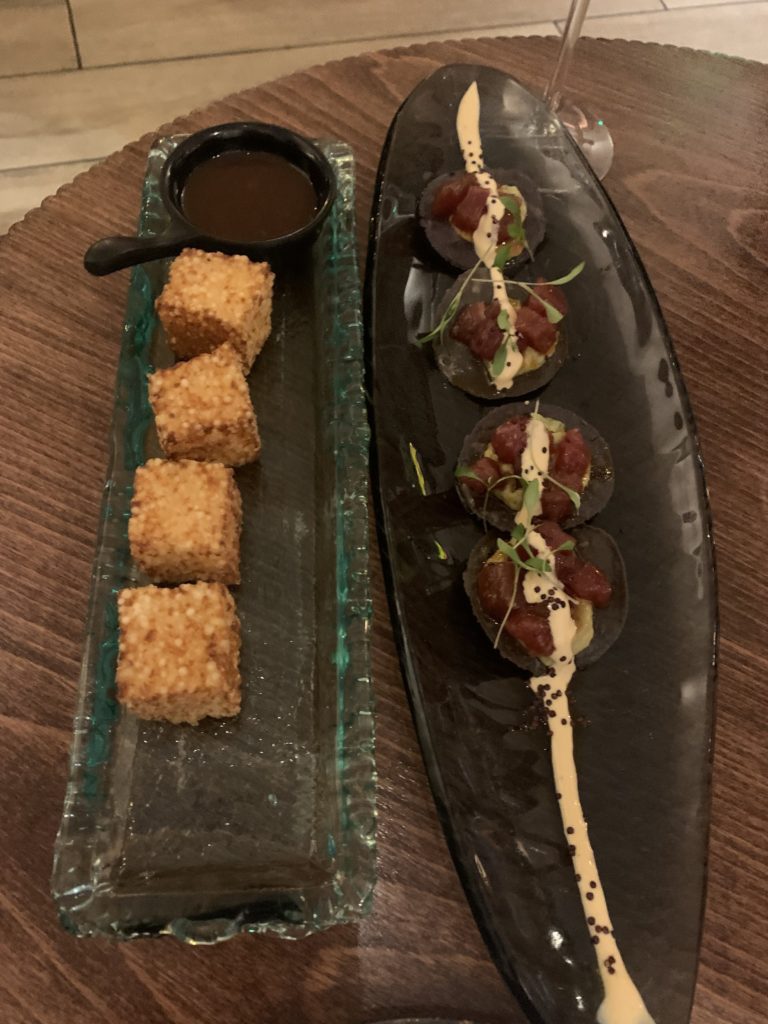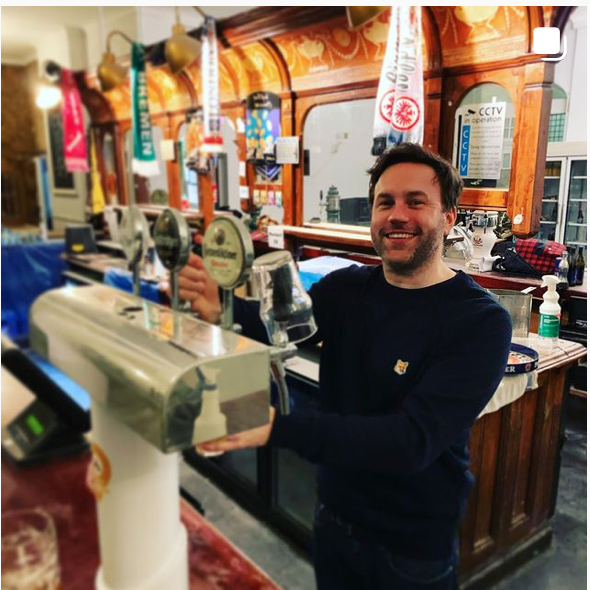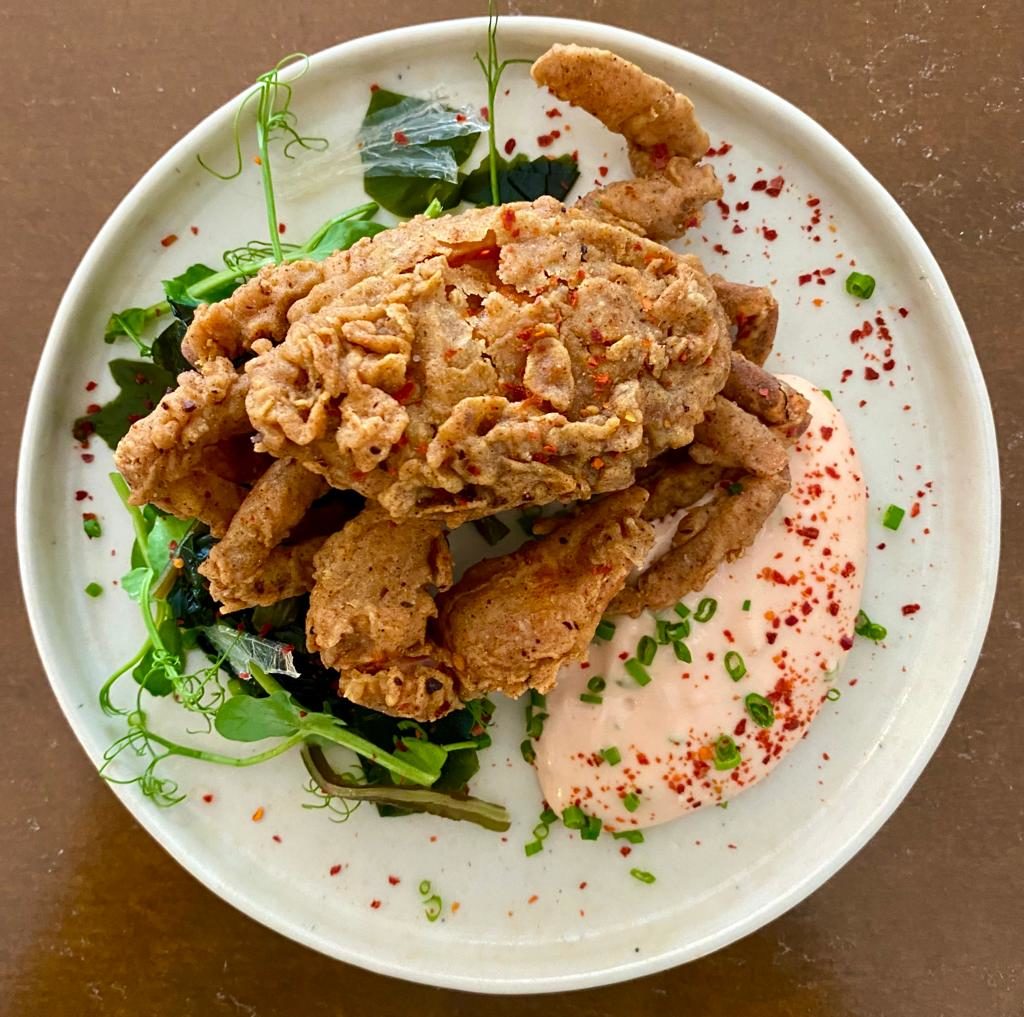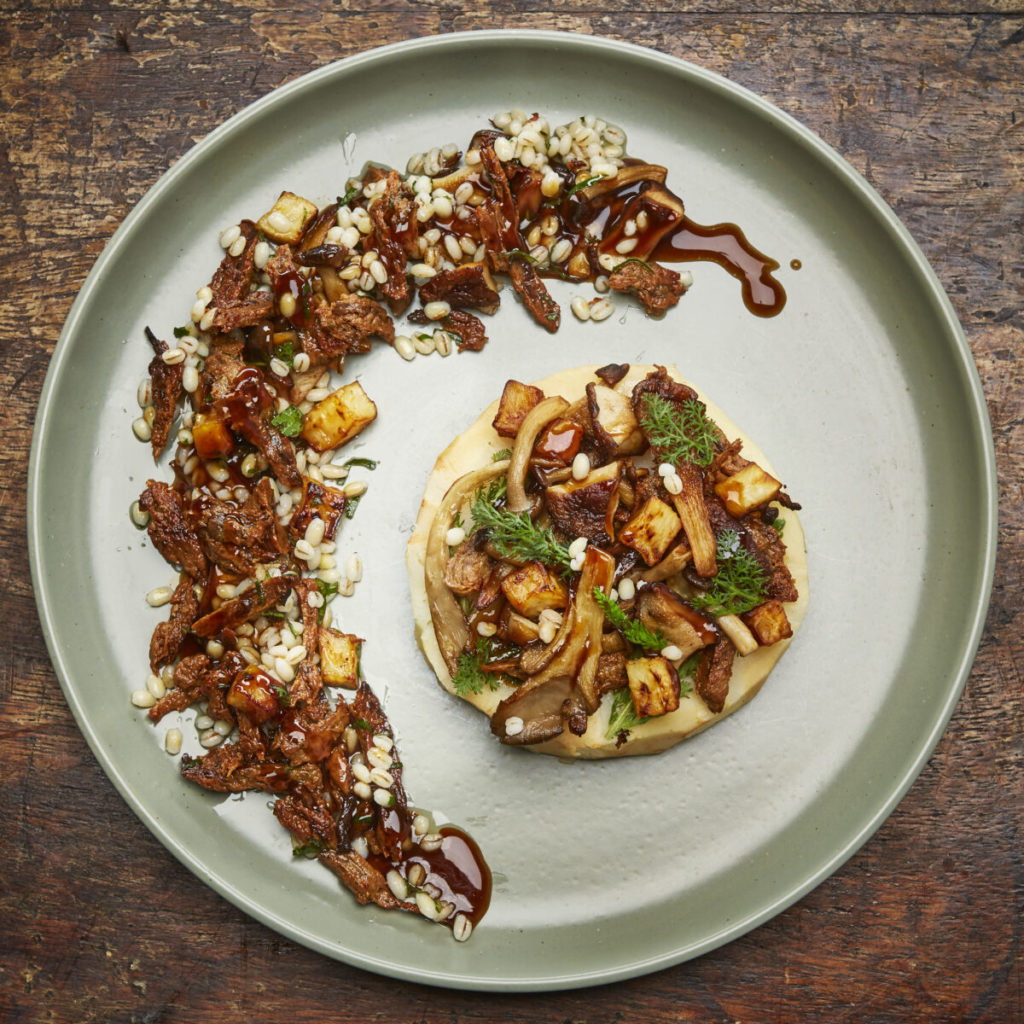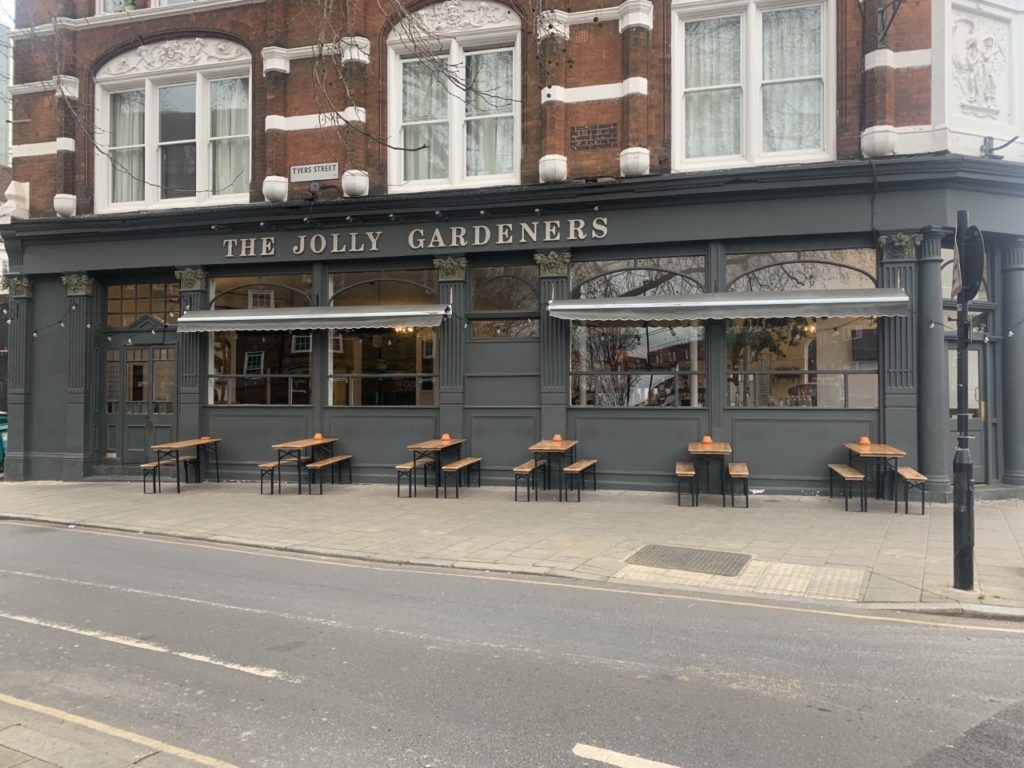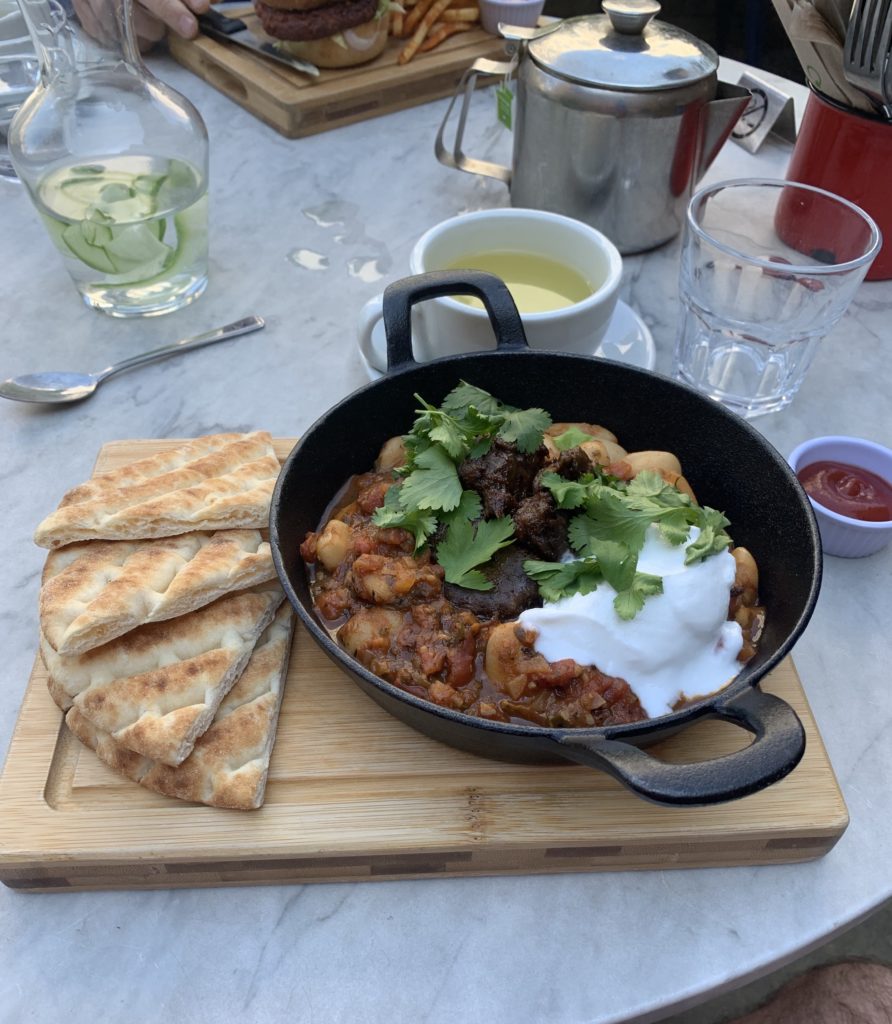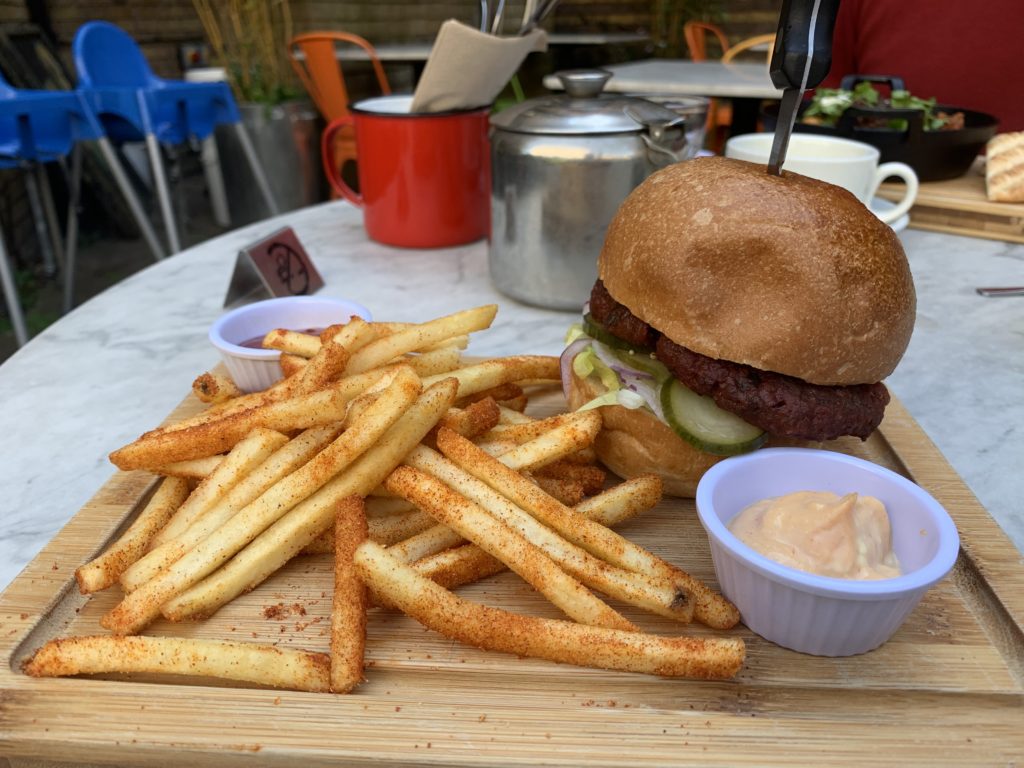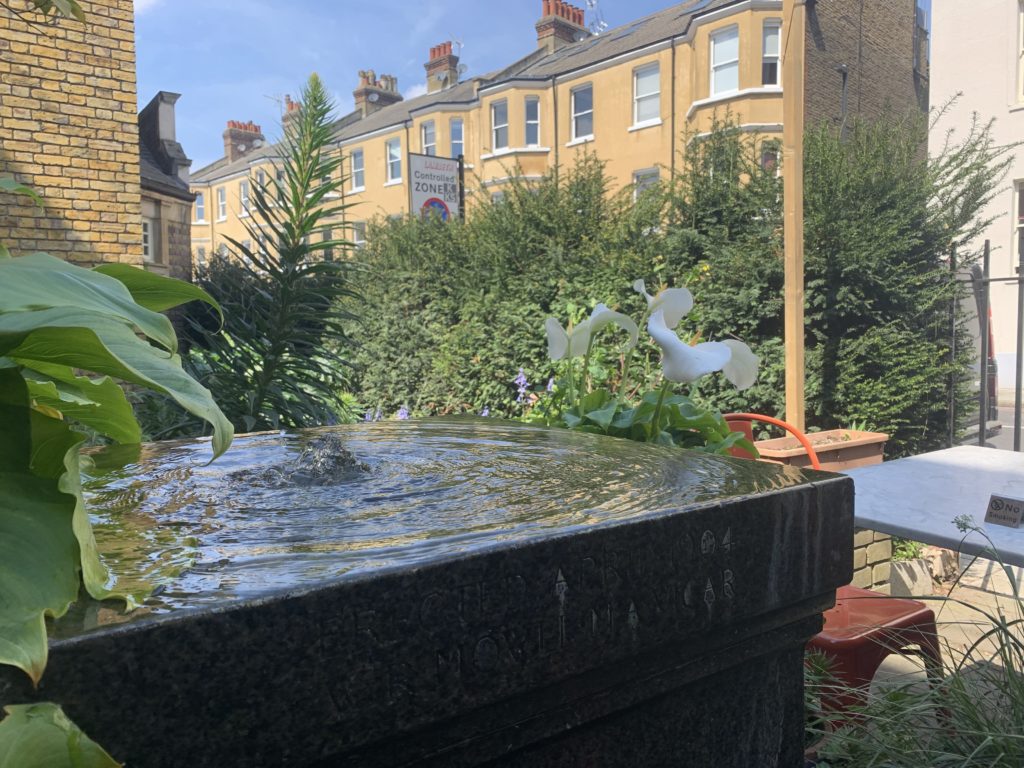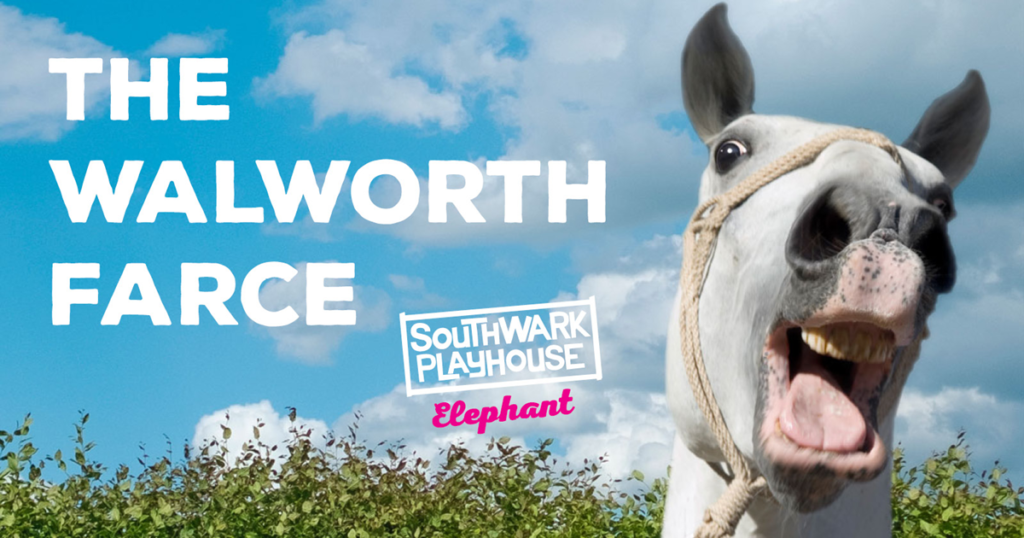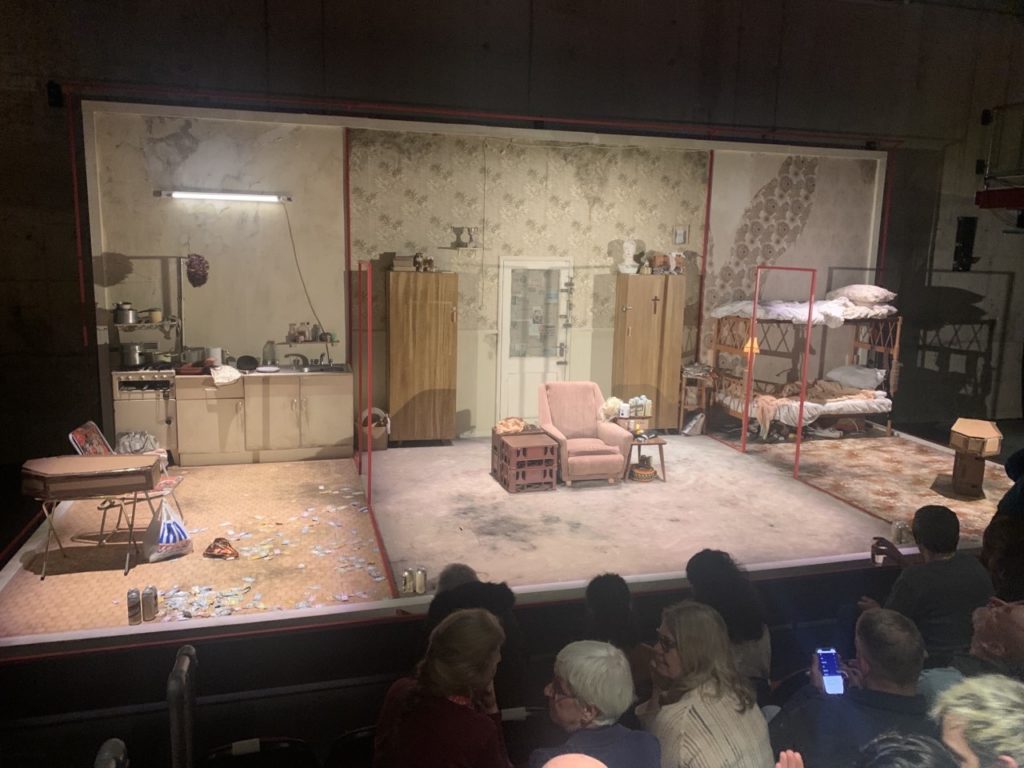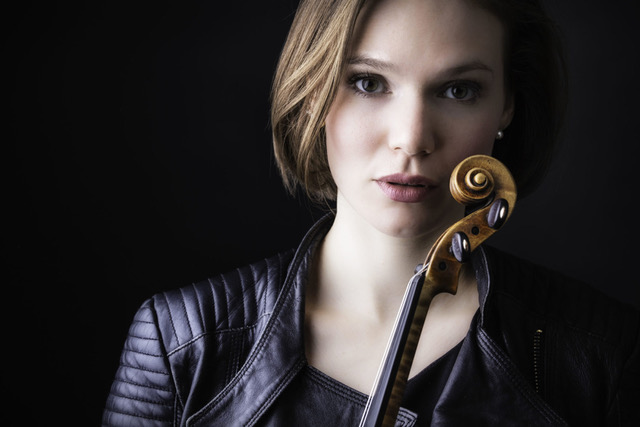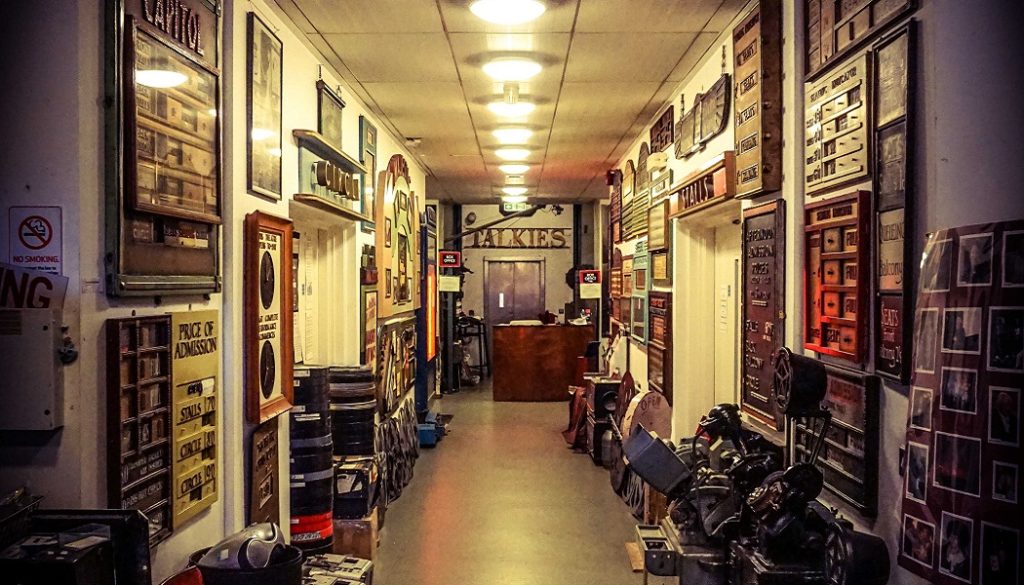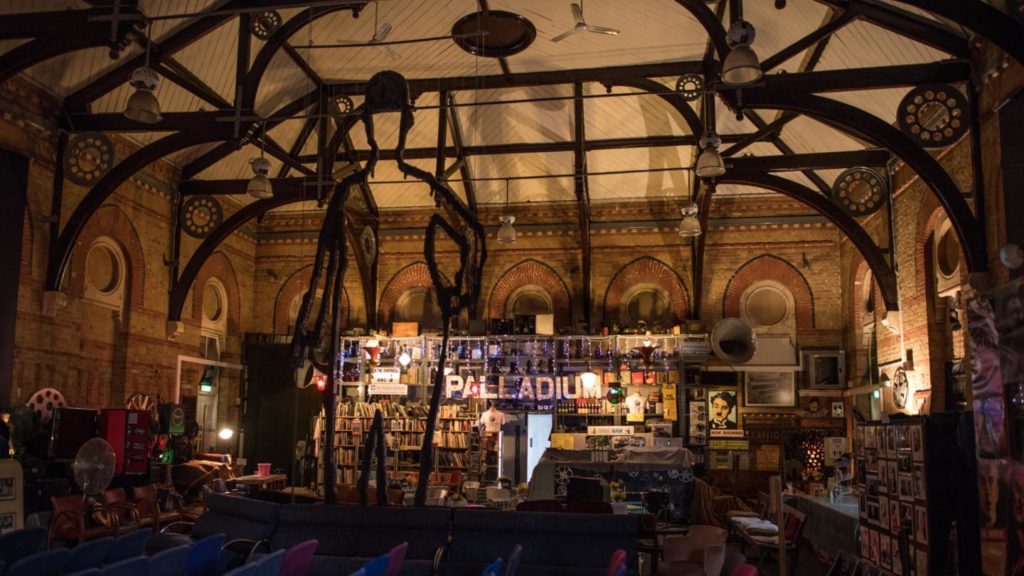Like a pig to a truffle, you can be assured that we here at the Runoff are always sniffing out free stuff for you to do. St. Mary’s Eco Church has been created by Lambeth Palace and Southwark Diocese in response to the climate and biodiversity crisis. Once a month they organise free and mind expanding talks called the ‘Eco Chamber’ and the next one is coming up right here in our manor.
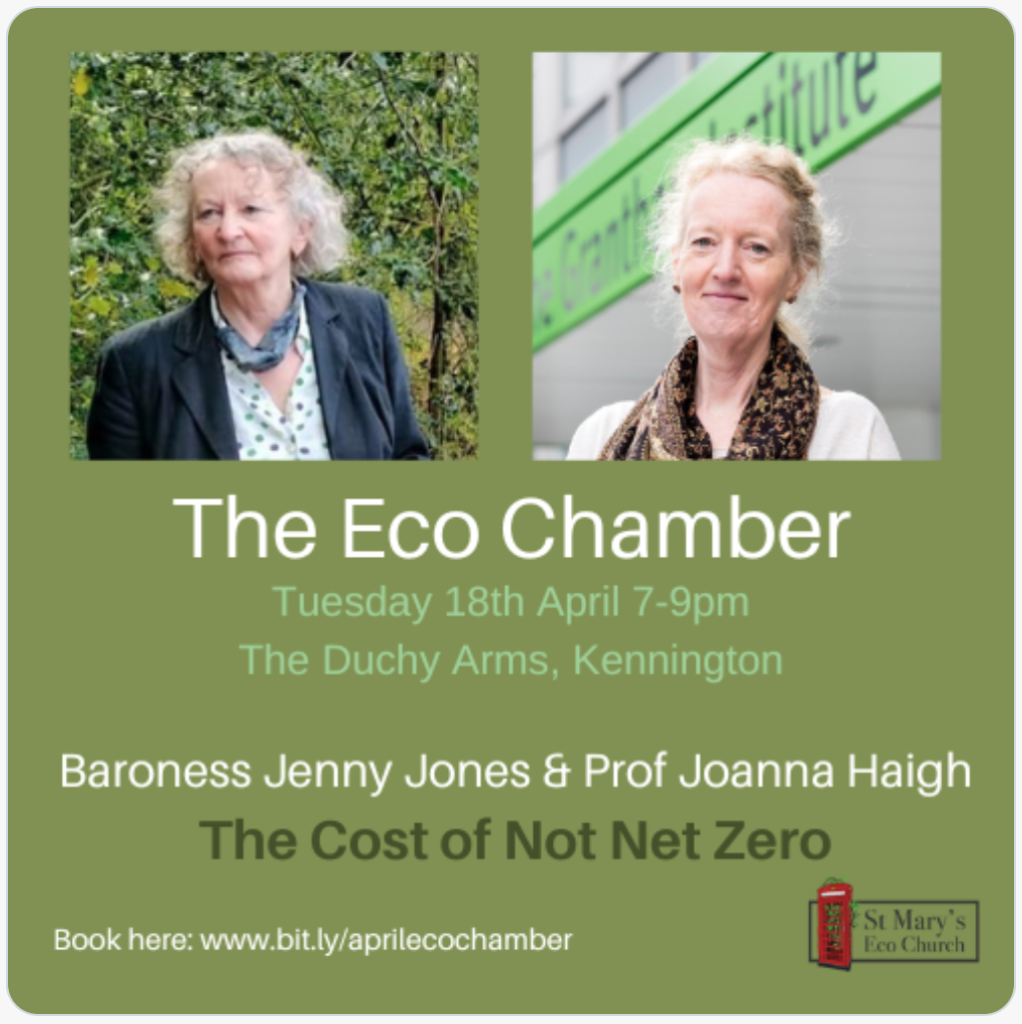
The upcoming Eco Chamber will be chaired by Radio 4’s Point of View Presenter Tommy Shakespeare and he’ll be joined Green Peer Baroness Jenny Jones and Professor Joanna Haigh. The topic will be the elimination fossil fuels and carbon emissions and questions if Net Zero initiatives will be sufficient to do this. Their talks will be followed by a group discussion and all are encouraged to ‘join is with juice, a glass of wine or a beer’. The venue is the Duchy Arms pub in Sancroft Street.
The Eco Chamber takes place on 18 April and free tickets can be obtained here. And it’s a good thing that it is being held at the Duchy Arms, as the place seems go through more management changes than the Tory party and we’re a bit concerned about their future.
Email Sharon if you have any questions: hello@stmarysecochurch.org
